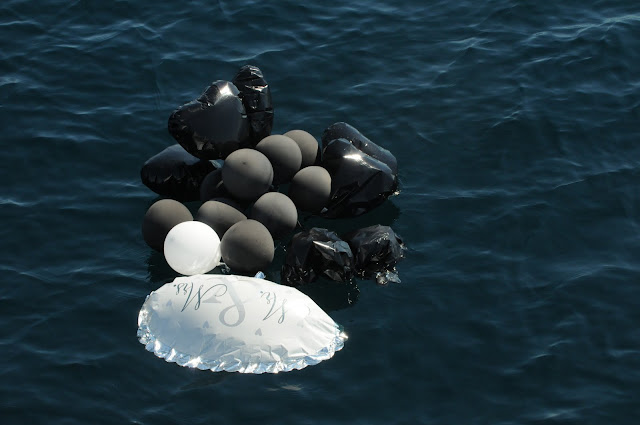
Its that time in the season again to say goodbye to the whales and to Lubec. Everyone is busy cleaning the house and packing up gear. The main office is bare except for the computer that I'm using to write our final blog entry. The only spot in the house that has a normal level activity is the kitchen and that's only because we're having pizza night as our farewell dinner.

Our wonderful chef, Claudia, preparing pizza in our custom clay oven
This year was certainly an anomaly in the Bay of Fundy given the low number of right whales, plus the atypical sightings of sperm whales, pilot whales and white-beaked dolphins. In total, we identified 53 individual right whales (number depending on data analysis) of which there were only 5 mom/calf pairs. We had a successful survey on Roseway Basin and on the way back we found a small aggregation of right whales feeding at the surface southwest of Lurcher Shoals. Colleagues reported small groups of right whales on southern Jeffreys Ledge off Gloucester, MA and around Mount Desert Rock, south of Bar Harbor, ME. These small aggregations spread through out the Gulf of Maine were the trend in 2010.Although we do not have an explanation for the unusual year, we have some theories. Right whale distribution is driven in the spring, summer and fall by feeding; it is likely that the food resource was not sufficient to attract right whales in their usual haunts. We will continue to speak with colleagues in other fields of oceanography and investigate the effects that may result from this anomalous distribution.
Sometimes science is hard. The weather for the last two weeks of September were not conducive to any surveys since September 18. Today we learned that one of the whale watch vessels managed to brave the elements in the Bay of Fundy this morning and saw a number of right whales. They also described the wind as strong enough to "trip a snake." Although our time here is done for the season, we are already preparing for a field season in a portion of the Gulf of Maine called Jordan Basin. This area may be the putative mating ground for the right whale, and vessel surveys are planned for late November and December. Be sure to stay tuned to our blog for the next exciting survey season.
Zach


























